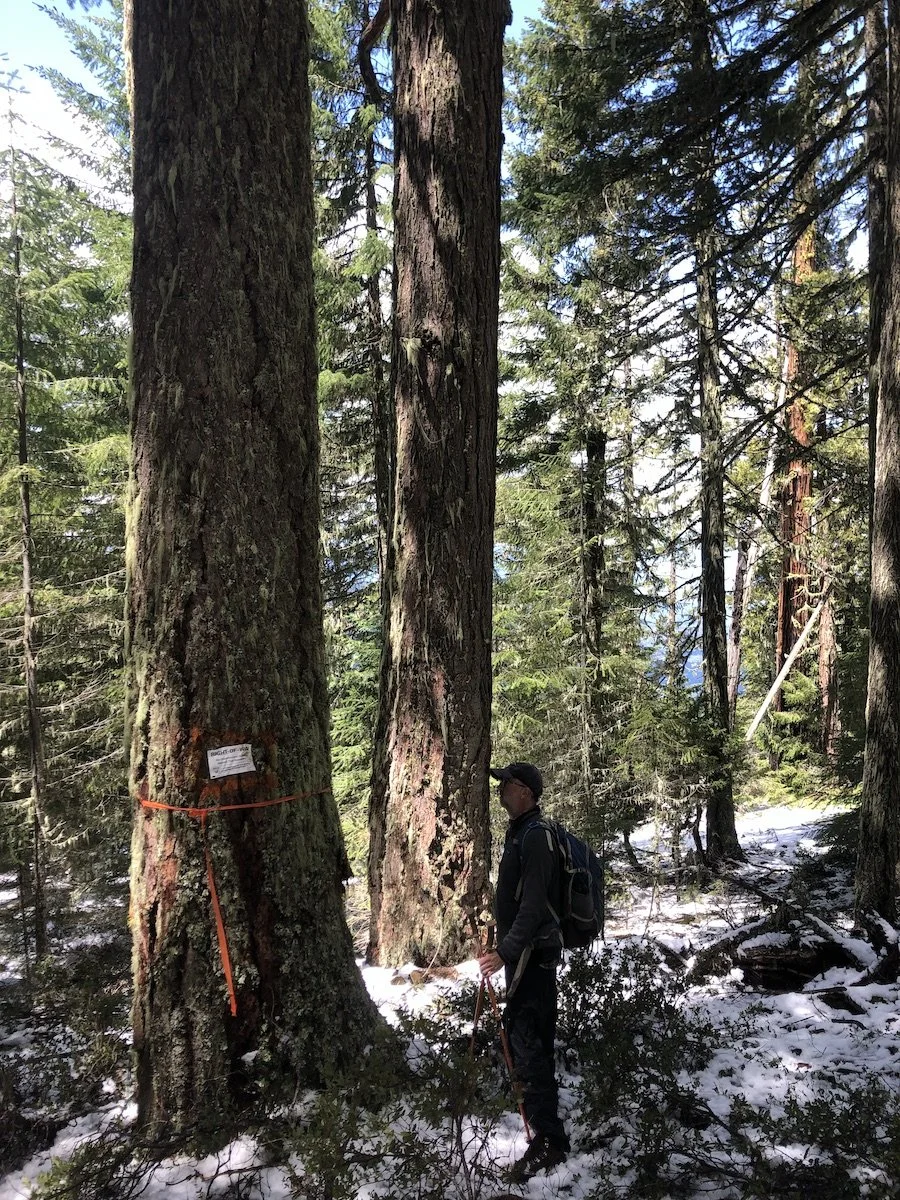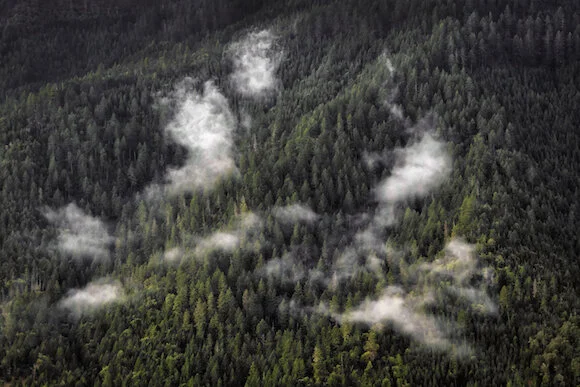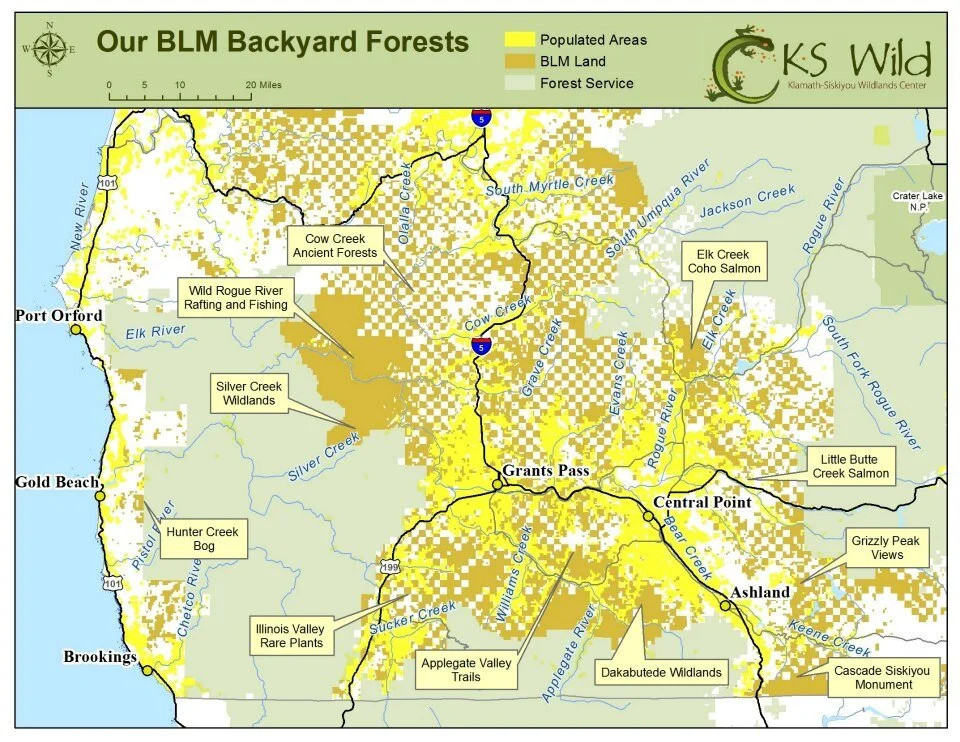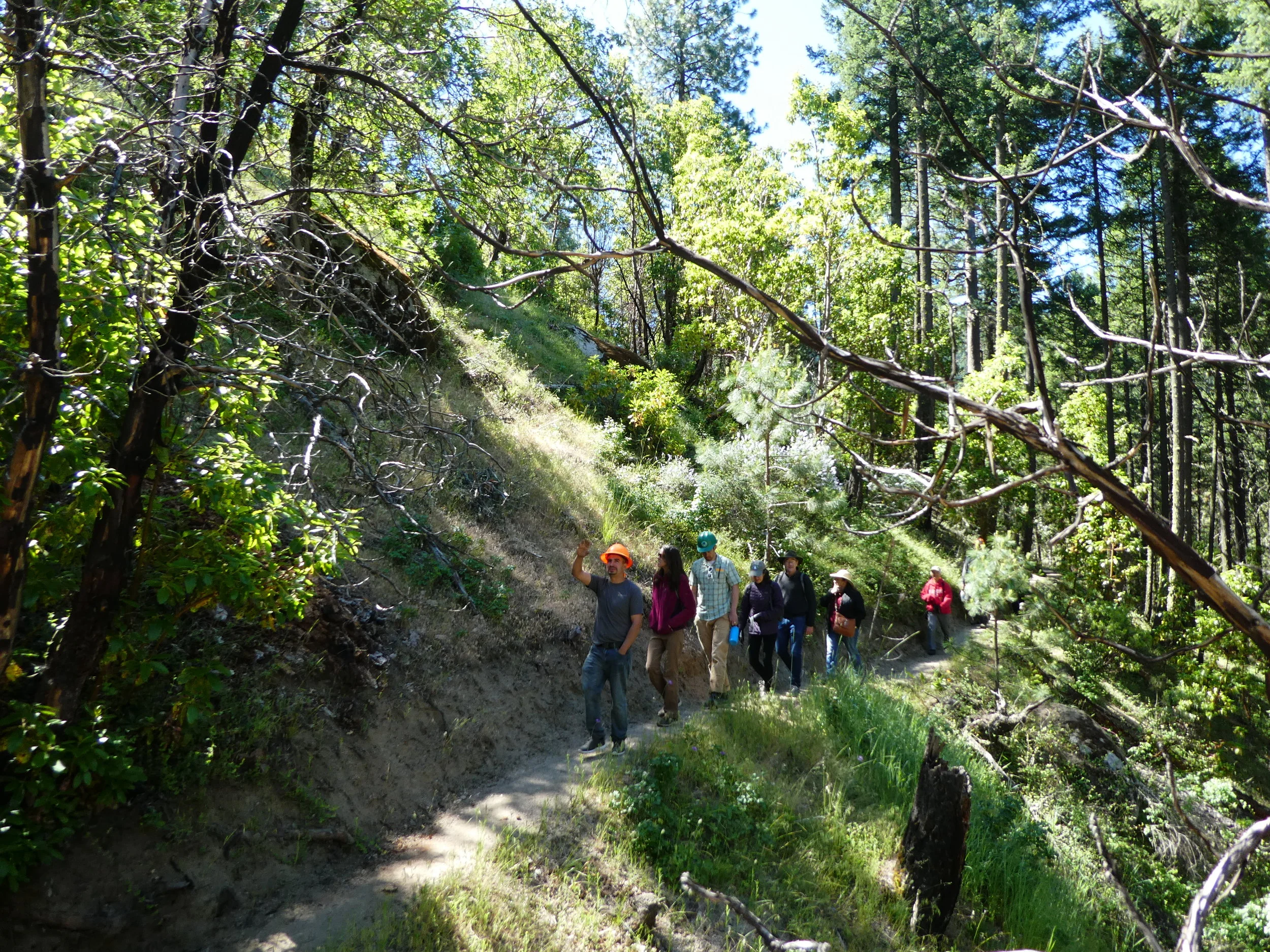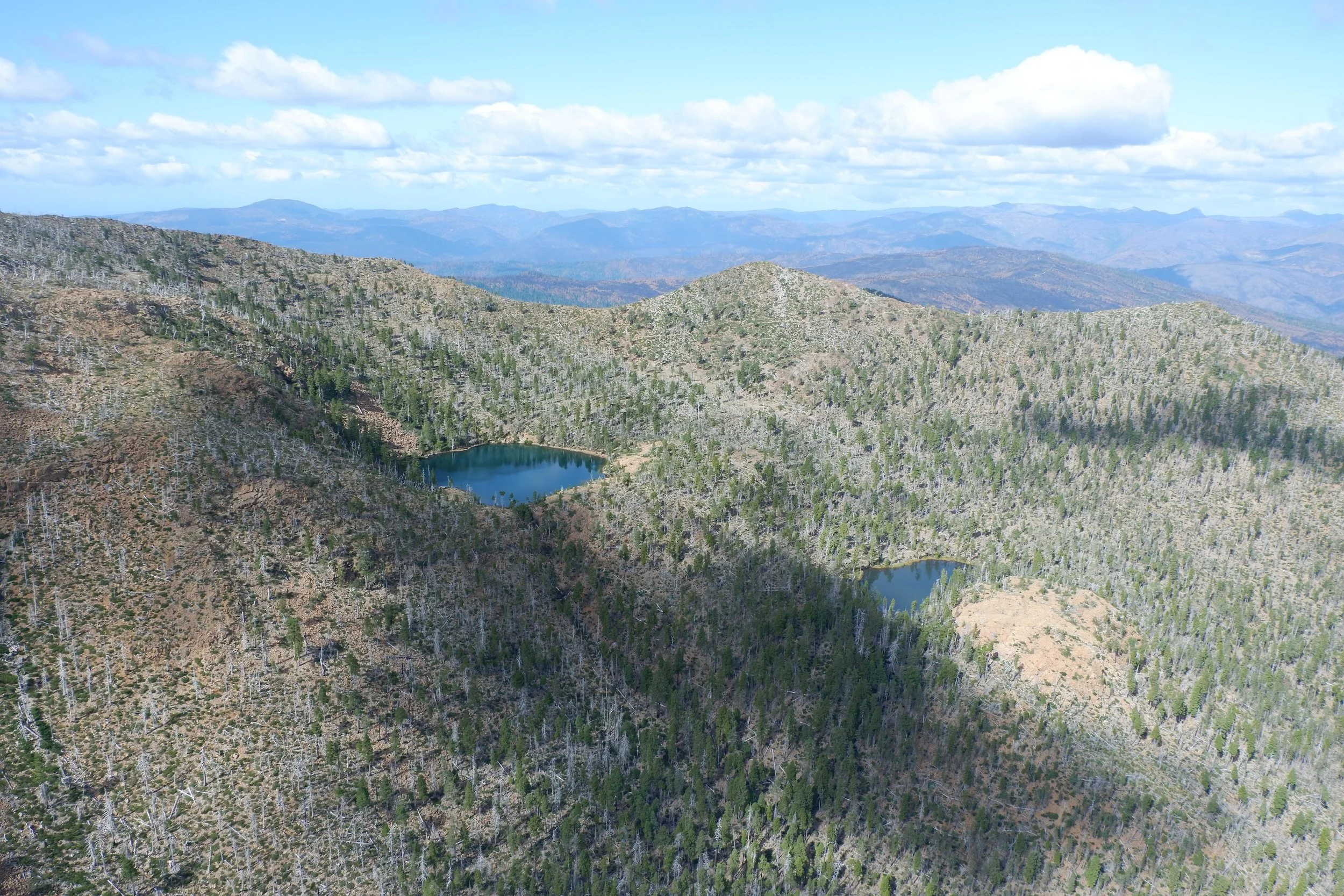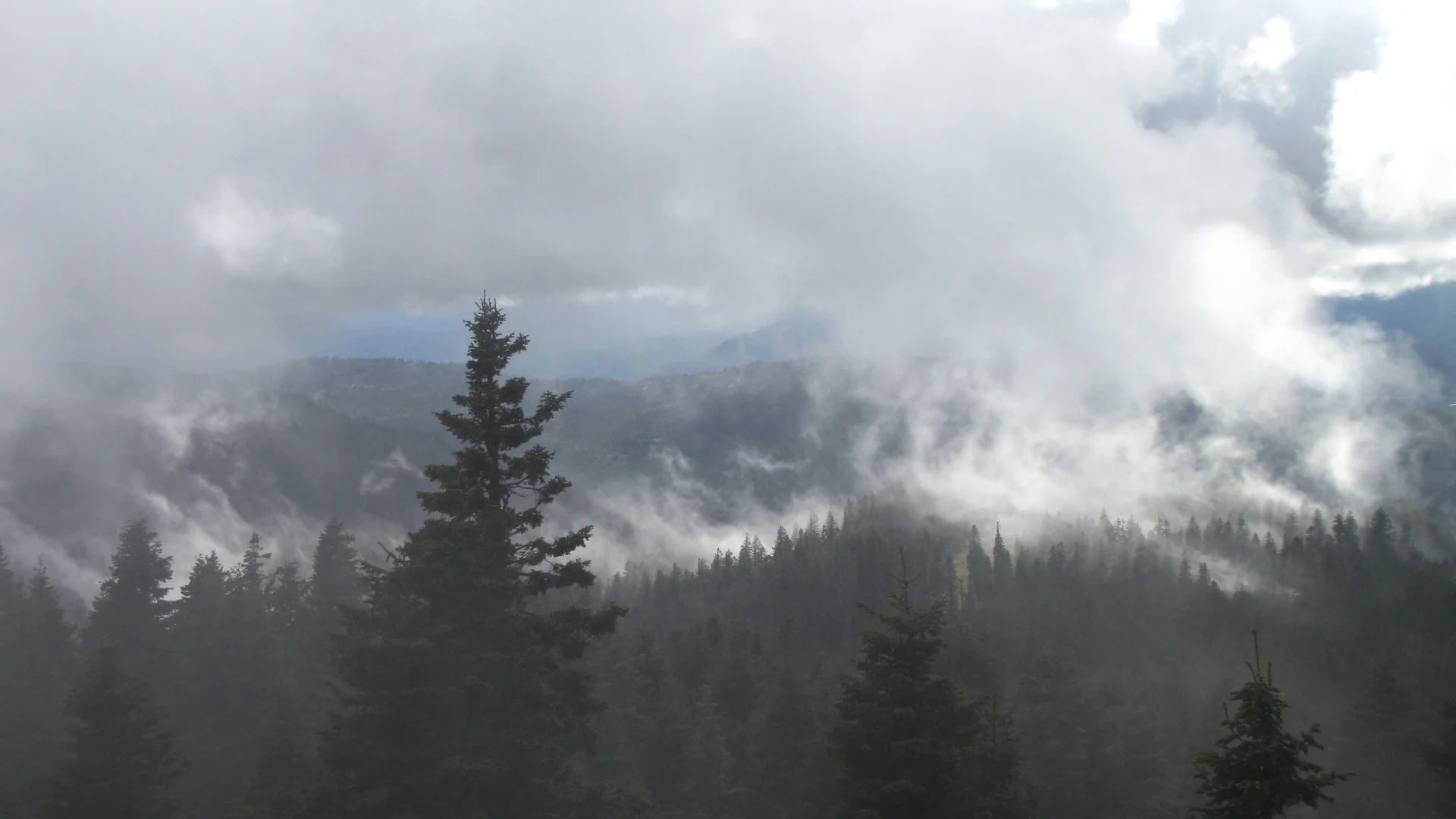What is groundtruthing? How does it make a difference in the federal agencies’ logging plans? How can you get involved to ensure proper land management of your public lands? Read on to find out!
Read MoreThis October, KS Wild hosted our first ever Forest Defender Training Series to help community members learn how to advocate for our forests and take action to protect them through writing letters, LTEs, taking action on social media, and more.
Read MoreAlmost six years ago the timber industry challenged President Obama’s expansion of the Cascade-Siskiyou National Monument. The legality of that expansion is in the midst of litigation right now. Read the blog to get the full scoop.
Read MoreThe US Forest Service recently announced a 10-year, multibillion-dollar plan to reduce wildfire risk on up to 50 million acres that border vulnerable communities throughout the country. Read KS Wild’s summary of the plan and how it will impact our work and our region.
Read More"Integrated Vegetation Management for Resilient Lands" (IVM) sure sounds great doesn't it? Unfortunately, those flowery words are agency-speak for logging old-growth forest reserves down to 30% canopy cover and creating four-acre mini-clearcuts across the landscape in southwestern Oregon.
Read MoreMuch of the Bear Grub timber sale is located in the so-called “harvest land base” where the BLM has directed itself to log regardless of the impacts to neighbors, wildlife, or watersheds.
Read MoreIn late November 2019, a Washington D.C. judge ruled that 2.5 million acres of public forests managed by BLM in western Oregon have a timber-first mandate. If this ruling is upheld, the fate of these public lands will include more ancient forests turned to stump fields, at the expense of our climate, our communities, and our water security.
Read MoreKS Wild, the Northwest Forest Worker Center, and Lomakatsi Restoration Project hosted “The Hands that Touch the Land,” a hike focusing on ecological forestry work.
Read MoreOn a chilly sun-filled February morning KS Wild land steward volunteers, local community groups and the Bureau of Land Management showed up strong to preserve a low elevation wetland meadow at French Flat. Stewarding public lands is so important, and so rewarding!
Read MoreOver 20 people braved the smoke Thursday night to assemble at the Northwest Nature Shop and listen to a lively presentation by forest veteran Richard Fairbanks.
Read MoreWhat have we learned since the 2002 Biscuit fire aftermath, and how will it affect land management decisions in the post-Chetco Bar burn area of southwest Oregon?
...with the passage of time it is now possible to look back more objectively at Biscuit fire and the political firestorm that followed in its wake.
Read MoreA forest after fire is not a tragedy; it’s simply a stage in the life of the forest. Post-fire logging is often framed as focused on fire prevention. In reality, important biological characteristics are removed from post-fire forests. Because of this, salvage logging acts as an unnatural human disturbance to the sensitive post fire landscape.
Read MoreThe Bureau of Land Management administers the public forests that surround communities in Western Oregon. These are our backyard forests! Places like the Wild Rogue River, the Applegate Valley foothills and rare plant hotspots in the Illinois Valley deserve our best conservation efforts.
Read MoreWestern Oregon’s BLM lands support salmon, steelhead, and wildlife while delivering clean water and recreational values to the public. These forests are source-drinking watersheds for hun-dreds of thousands of Oregonians, they sequester large amounts of carbon, and they provide crucial ecological functions. The natural amenities found on these public lands are highly valued and sought after, from local residents to tourists from around the world.
Read More
